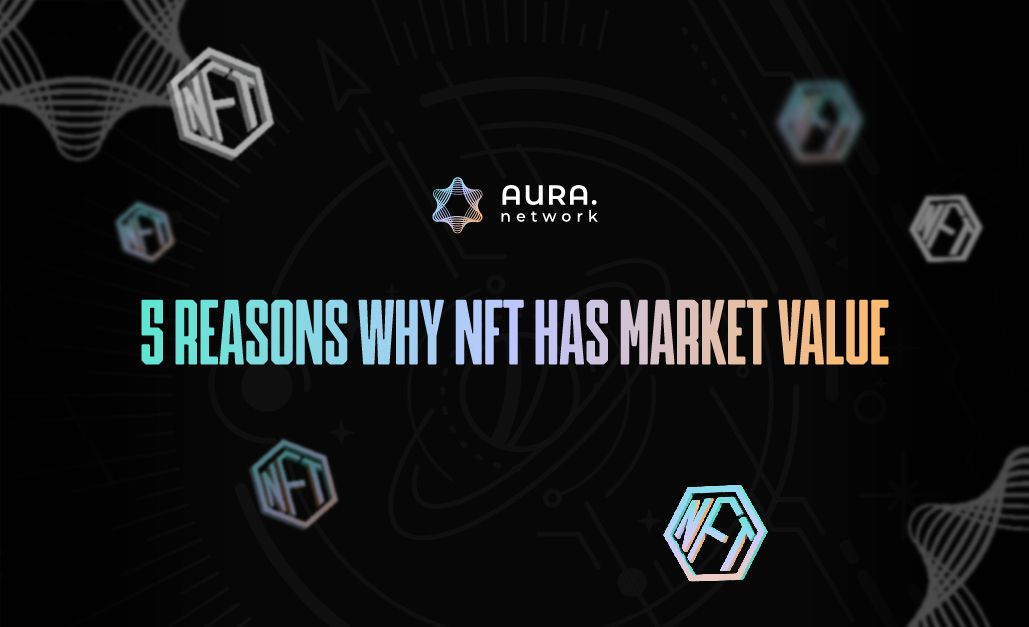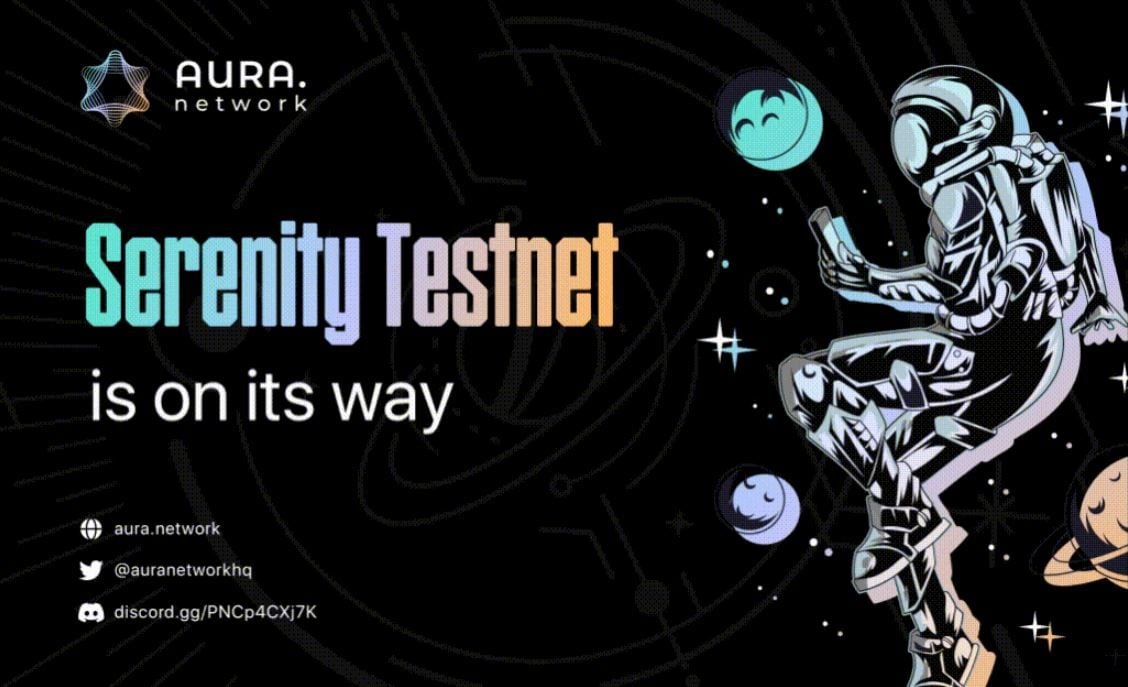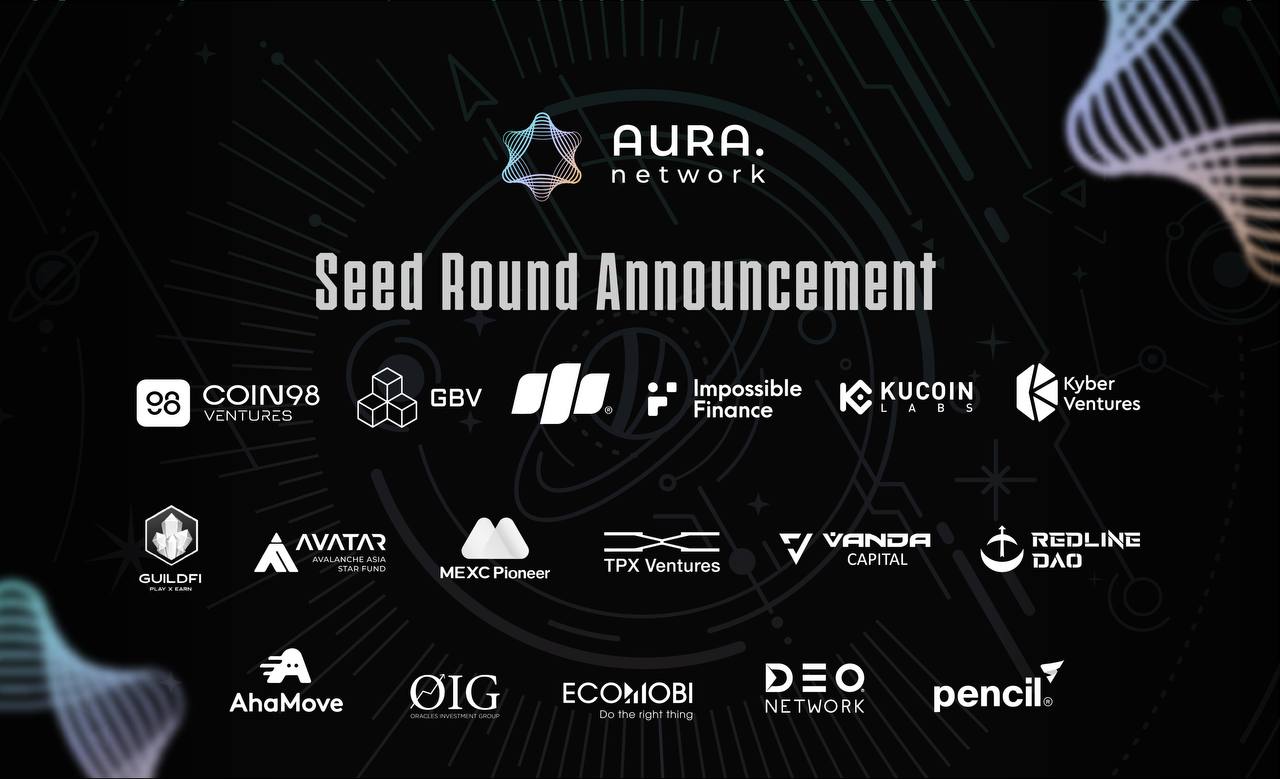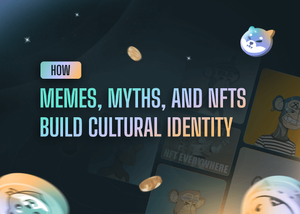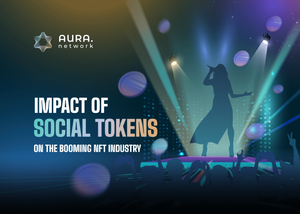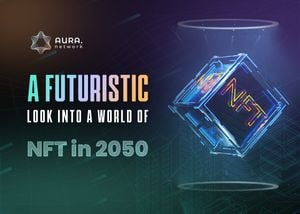There are five reasons why NFT has market value: (1) Sense of ownership, (2) Attached real-world benefits, (3) Show-off value, (4) Speculation, and (5) Component of the metaverse.
What exactly is NFT?
NFT stands for non-fungible token. Non-fungible means that each token is unique and cannot be replaced by others. A standard NFT lists out the wallet ID of the owner, a timestamp marking the token creation (also called “mint”), and other information. Thanks to these features, NFT can represent ownership of both physical and digital assets, even though the latter is more common. Examples include artwork, music, video, and other multimedia. Because NFT lives in a blockchain, such ownership inherits all properties of blockchain such as transparency, verifiability, and tradability.
The asset associated with an NFT does not require a blockchain. Indeed, a physical asset does not live in a blockchain. On the other hand, a digital asset ought to be hosted somewhere, and the NFT details an URL pointing to the server where the video can be played or a picture is to be shown. This means that if the server dies, the asset associated with the NFT is also gone. Nevertheless, such risk can be much mitigated with a Decentralized Storage.
Every time an NFT is traded (often via a secondary marketplace), the NFT creator is usually credited with some transaction fees (also called royalties). The creator sets the fee, and it can be either proportional to the value of the transaction or in a fixed amount (the former is more common). The currency of the transaction is the native token for the blockchain that NFT is living on. At the time of this writing, most NFTs are on Ethereum, a second largest blockchain by market capitalization.
What’s the point of holding a NFT?
The owner of an NFT does not necessarily have the right to license, reproduce or publicly display the associated asset (for example, music). Moreover, the NFT owner cannot prevent other people from copying/pasting artwork or posting the artwork on their social media. It is then natural to ask: what is the point of holding an NFT? Here, we outline several reasons why NFT is considered a valuable asset:
Sense of ownership
In the current era, a digital file can easily be passed around on the Internet without anybody claiming ownership of it. When you mint an NFT, you essentially create ownership out of the associated digital asset. As Mike Shinoda of Linkin Park puts the ownership is the point: “…just embrace it. It’s not about the physical item. It’s about the concept of ownership. It’s the concept of what is valuable to a collector”.
Notice that NFT is not necessarily of value to all people. However, as long as a subset of people values it, it will have a market value. A real-life counterpart example is collectible stamps, where collectors spent millions of dollars to own a piece of stamp. Not all people are into stamps, let alone spending a massive fortune on them. However, a subset of people does actively make up for the market: In the US alone, about more than 5 million people collect and trade stamps. In other words, networks are essential in shaping demand for a market.
Attached real-world benefits
A creator can attach some real-life utility to the NFT. For example, DJ Steve Aoki is selling A0K1 Credit, which is essentially NFT that gives holders access to both on-chain and physical experiences such as tour tickets, physical collectibles, visits to his playhouse, and private tours etc. Kings of Leon released the NFT album “When you see yourself”, bundled with an animated cover and a limited-edition vinyl. Those who purchased the bundle took part in a lottery to win VIP concert seats, among other perks.
More of those collections, like the Bored Ape Yacht Club (BAYC) organize private offline events for owners of NFTs from this collection. NFT itself serves as an invitation to a private party. This allows people not only to show that they can afford it but also to meet other crypto enthusiasts and possibly make useful contacts and collaborations.
In this sense, NFT serves as a VIP membership card that gives owners exclusive benefits in real life, except for a few differences: NFT authenticity is much easier to verify and more tradable than the membership card.
Show-off value
People have a demand to show off on social media. It conveys a sense of status, connection, and recognition, which are of the highest levels in Maslow's hierarchy of needs. It is then natural for NFT holders to boast about their ownership of a digital artwork that they own, or an avatar that they can show off in their Facebook or Twitter profile picture, and the platform will provide a feature to verify the ownership, giving the valid owner a blue tick. With this feature, suddenly the BAYC collection, which has generated more than $1 billion in total sales, starts to make sense: an owner of one of the Apes can place the NFT in their Facebook profile picture, and the mere fact that it is traded at hundred thousand dollars in the secondary market does deliver lots of show-off value.
Speculation
NFT is easily tradable via secondary markets such as OpenSea. If people believe that its price will increase in the future, then there will be demand for it in the current market. Because the market for NFT is still very new, it is not easy to draw a firm conclusion on how much speculative value an NFT has. However, it is worth mentioning that the prices for many brilliant artworks and paintings in the 15th century were very low, whereas many of them are worth million dollars these days.
On the other hand, many investors participate in “flipping” the NFT, basically buying for low and selling at high over a short time horizon. Nevertheless, an analysis conducted by ChainAnlysis shows that: “A very small group of highly sophisticated investors rake in most of the profits from NFT collecting. This is especially true in minting, where the whitelisting process gives early supporters of collection access to lower prices that result in greater profits”.
Component off the metaverse
The metaverse is a shared virtual world where people interact as 3D avatars. Ownership of items in this world, albeit digital, is as important as its real-life counterpart. The list of sellable digital things goes from small items such as T-shirts or shoes to huge valuable assets such as lands or houses. NFT naturally bridges the ownership of such digital items to people in real life. Many brands have reportedly invested in producing NFT items for the metaverse. Examples include Adidas, Louis Vuitton, Samsung etc.
Wrap it up
In conclusion, NFT fills in the missing gap in the class of assets that people can hold. While many assets feature at least one point above, no asset possesses all of the features to the best of our knowledge. There is still lots of room to grow for NFT as an asset and the NFT market as a whole.
About Aura Network: Aura Network is a Layer-1 NFT-centric blockchain, built to accelerate global NFTs adoption by the Internet of Blockchain. Aura Network provides an open system, maximize interoperability, and infrastructure layer integrating NFTs into the Metaverse.



